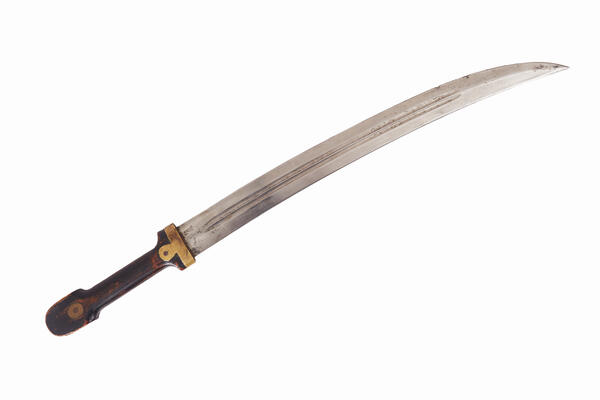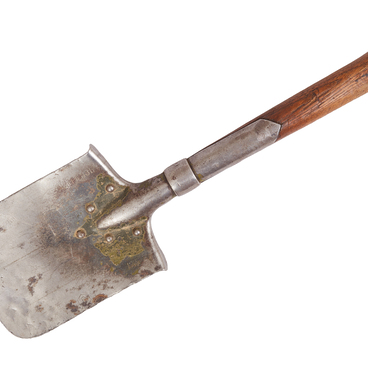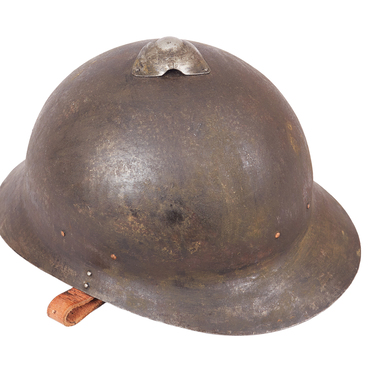In 1905, a wave of riots broke out in the Russian Empire. The Separate Corps of Gendarmes was forced to reconsider the armament of its lower ranks. It was very difficult to use an 1881 model saber for close-quarters combat. Hence, it was decided to adopt a smaller and more effective edged weapon.
The options under consideration included a lightweight fascine knife, which was in service with the Italian army, a dagger of the Caucasus Cossack Division and a curved dagger called bebut. The choice fell on the latter, and on March 22, 1907, the bebut (a curved soldier’s dagger of the 1907 model) was approved. In 1908, the bebut was also adopted by the lower ranks of machine gunners.
In 1909, bebuts replaced shashkas (sabers) in almost all the lower ranks of artillery troops. The exceptions were the horse and mountain artillery units, feldwebel and feuerwerker officers in the field, mountain and park artillery units, as well as trumpeters of field artillery command.
The 1907 model bebut had a curved steel blade with two narrow grooves on each side, a figured wooden handle tapering in the middle part for an easier grip. The scabbard was made of wood and covered with leather. A staple with a cord was also provided for attaching the bebut to the waist belt. The introduction of bebuts into the lower ranks of artillery units came about due to the arrival of advanced rapid-firing guns in the army. The pace of work of the gunners increased, and the long, standard-issue saber decreased the efficiency of the soldiers. The main purpose for adopting the bebut was to replace the shashka, as its use in close combat confrontations was ineffective.
The length of the dagger made it possible to
deliver powerful slashing blows, and its small curvature allowed to deliver
stabbing, as well as cutting blows. The main production of bebuts was carried
out by the Zlatoust Arms Factory, and as the army’s need for bebuts increased,
production was launched at the Izhevsk Arms Plant. Bebut daggers were used by
machine gunners and in artillery units until the end of the Russian Civil War.



